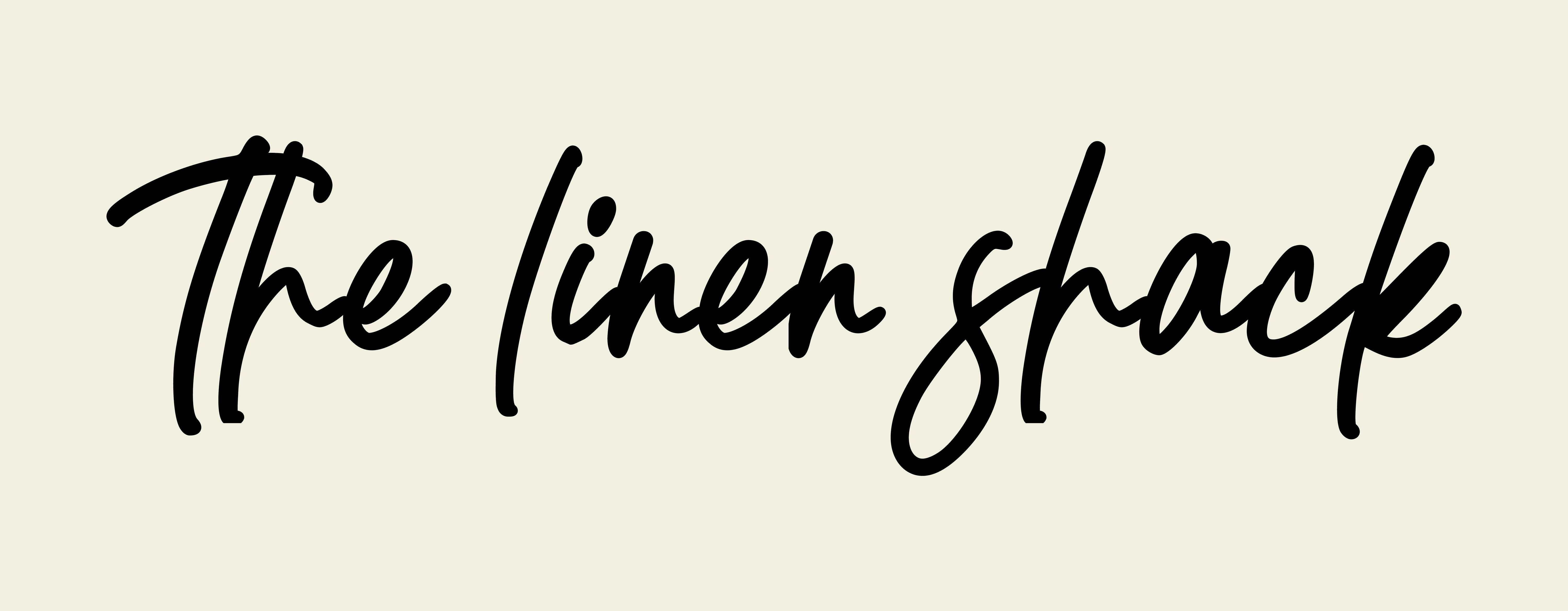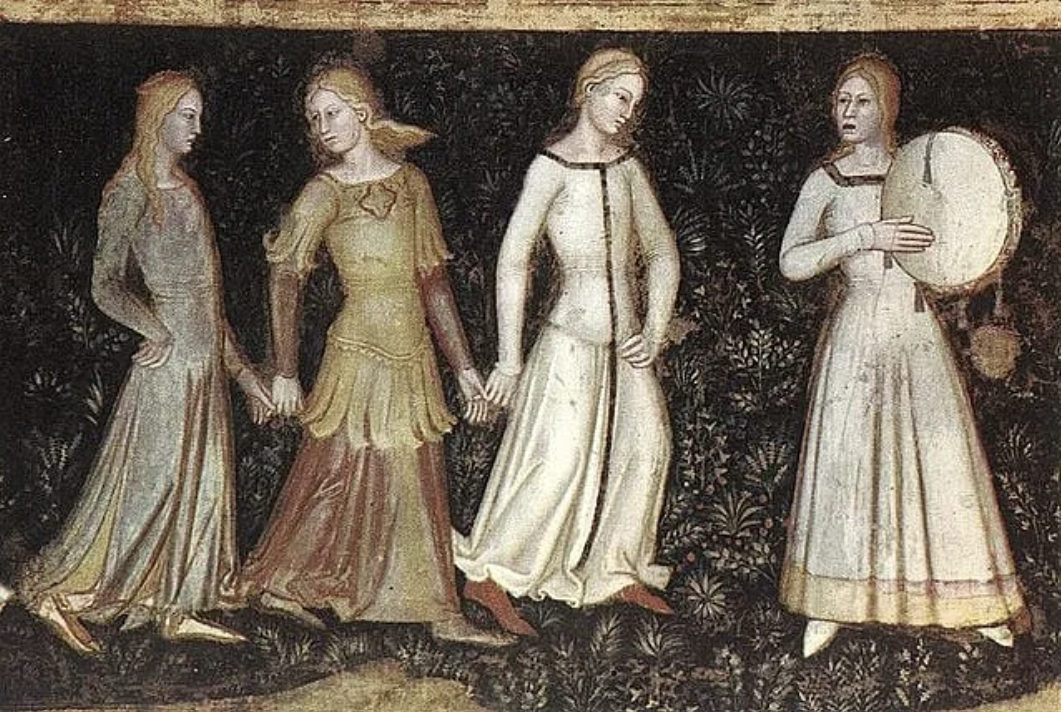Where did medieval dynasty linen fabric come from?
Linen was known to be a popular woven fabric in the Middle Ages. The exact origin of linen in the Middle Ages is difficult to determine, as it was produced in many parts of the world.
However, linen is known to be produced in various parts of Europe, including Flanders (now part of Belgium), France, Germany, and the Netherlands. These regions have the climate and resources needed to grow flax, the plant from which flax fiber is made.
Linen was also produced in other parts of the world during the medieval period, including Egypt, where it has been made for thousands of years. Linen produced in Egypt is considered exceptionally high quality and highly sought after in Europe.
What products of medieval dynasty linen fabric?
Linen was a very versatile material in the Middle Ages and was used to make various products. Here are some examples:
Clothing: Linen is used to make clothes for people from all walks of life. It is a popular material for underwear, as it is light and breathable and helps to absorb sweat. Linen is also used for outerwear, such as tunics, skirts, and gowns.

Bedding: Linen sheets, pillowcases, and linens were popular during the Middle Ages. Linen is prized for its durability and comfort. It is often used as an alternative to wool, which can cause itching.
Sails and tents: Linen was used to make sails for ships and tents for troops on the move. It's a strong and durable material that can withstand harsh weather conditions in thunderstorms.
Bookbinding: Linen is used as the material to wrap books. It is sturdy and durable and can be decorated with intricate embroidery or printing.
What was the fashion style of people in the medieval dynasty when using linen in life?

As popular as wool, linen is made from the flax plant and is theoretically for all walks of life. However, growing flax is labour-intensive, and producing linen takes time. Because the fabric is prone to wrinkles, it is not often used in the clothing of poorer people. Fine linen is used to make women's veils and scarves, underwear, and a variety of clothing and home furnishings.

Fashion style in the Middle Ages was very diverse in all walks of life. Here are some examples of how linen was used in medieval fashion:
Undergarment: Linen is often used for underwear such as shirts, bras, and drawers. These are for both men and women and are usually made from plain, undyed linen.
Tunics: Linen tunics for warmer weather. They are usually spacious and can be plain linen or decorated with embroidery or other embellishments.
Skirts: Women's dresses can be simple and unadorned or more elaborate with dyed, floral print, embroidery, or beading.
Robes: Linen robes are often produced as souvenirs for tourists. They are very light and can be folded for easy storage when not in use.
Headwear made from linen is often simple and used for headgear, such as veils, hoods, and coifs.
How is influential medieval dynasty linen fabric in today's fashion?

- Sustainable and eco-friendly: Linen is a biodegradable, renewable natural fiber. The process of growing flax requires less water and pesticides to grow than the process of growing other threads. As a result, linen is a popular choice for sustainable and eco-friendly fashion.

- Breathable and lightweight: Linen is known for its breathable and moisture-wicking properties.
- Texture and flexibility: The texture of linen gives it a unique and natural look that makes linen a versatile fabric for various outfits, such as skirts, shirts, trousers and even vests.
- Timeless and Classic: Linen's natural look and feel give it a timeless and classic appeal that never goes out of style. Linen clothing can be worn from season to season, making it a sustainable and cost-effective choice for consumers.

